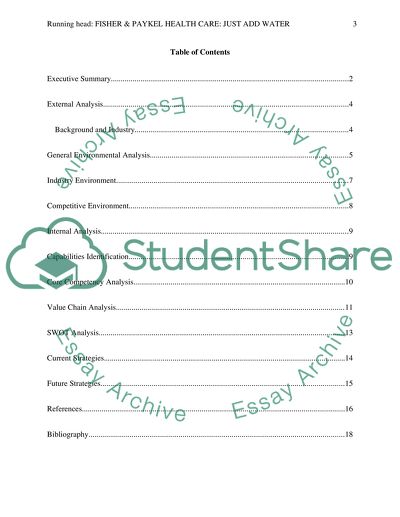Cite this document
(“Fisher & Paykel health care: Just add Water Essay”, n.d.)
Retrieved from https://studentshare.org/marketing/1455470-fisher-paykel-health-care-just-add-water
Retrieved from https://studentshare.org/marketing/1455470-fisher-paykel-health-care-just-add-water
(Fisher & Paykel Health Care: Just Add Water Essay)
https://studentshare.org/marketing/1455470-fisher-paykel-health-care-just-add-water.
https://studentshare.org/marketing/1455470-fisher-paykel-health-care-just-add-water.
“Fisher & Paykel Health Care: Just Add Water Essay”, n.d. https://studentshare.org/marketing/1455470-fisher-paykel-health-care-just-add-water.


